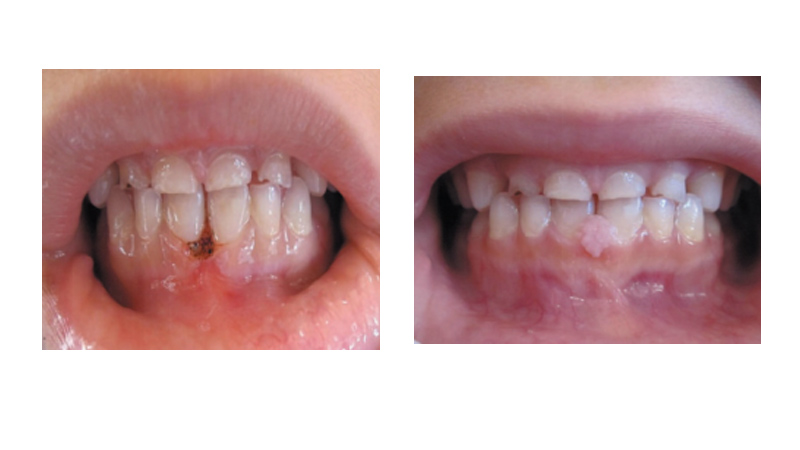
The use of lasers for periodontal treatment has become more complicated because the periodontium consists of both hard and soft tissues.
Non-surgical Periodontal Therapy
Dental plaque is known as the principal etiologic factor for the inflammatory periodontal disease; therefore, it is evident that treatment of the disease is dependent upon how much the plaque and its retentive factors are being removed. Traditional mechanical therapy using hand instruments have shown limitation in accessing the dental biofilm and calculus, because of their bulk and shape. Lasers have been proposed to solve this limitation as the beam can reach the deepest pockets and grooves. The advantage of the laser in treating inflammatory conditions like periodontitis has been also attributed to their host immuno-modulatory effects. All lasers have thermal effects. Many periodontopathogens are susceptible to this thermal range as research has shown that they are deactivated in 50 c° (6). Laser mediated coagulation and inflamed tissue removal takes place in 60 c° (7). Lasers offer clear field views in periodontal surgeries and sub-gingival scaling and curettage that are advantageous over the conventional treatments. Patients are also more comfortable with intermittent laser activation sound rather than high-pitch sound of ultrasonic devices.
Lasers are beneficial in reducing traditional surgical problems such as bleeding, reduced vision, pain, scarring, suturing, bacteremia, long healing period and wound contraction. They will also result in higher patient acceptance, since no or little anesthesia is required. Periodontal surgery can be divided to soft surgery and simultaneous soft and hard surgery. Potential bone damage has been always a concern in periodontal surgery using lasers. A key factor in determining how the laser will interact with the underlying tissues is the depth of penetration. Some lasers penetrate deeply and the thermal effects are seen in deep tissues while others provide a surface ablation.

before and after ablation by PIOON laser
Conclusion
Periodontal microsurgery can definitely benefit from lasers because of its fine and delicate beam that enables the clinician to delicately detect any calculus or tissue conditions and minimizes trauma to the gingival tissue, bone and implant resulting in less tissue shrinkage, pain and edema.
For laser users, there’s a need for additional education (especially in basic physics). Also, lasers do not eliminate the need for anesthesia. Every wavelength has different properties.